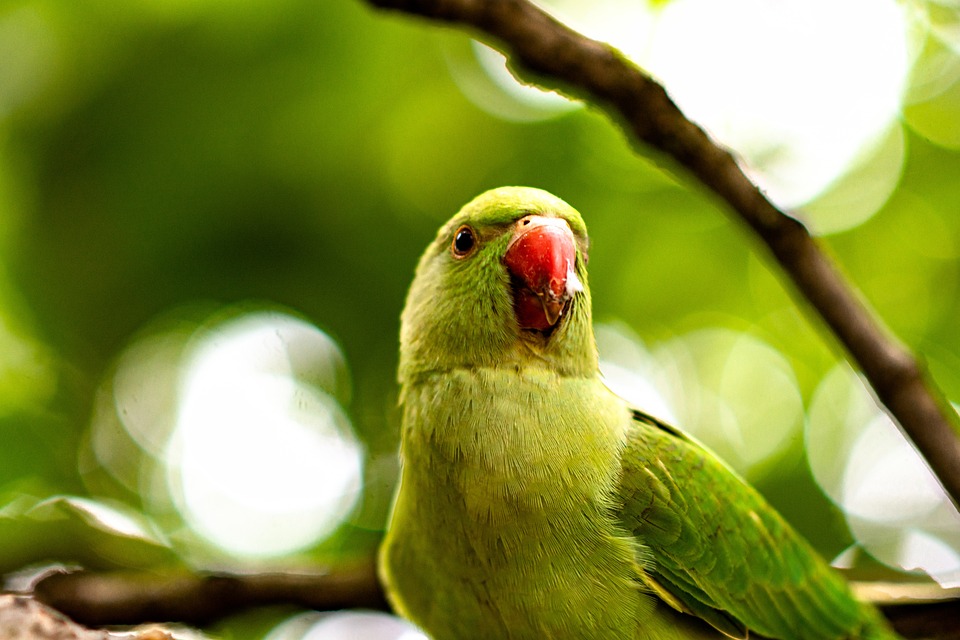Parrots are highly intelligent and social creatures that thrive on mental stimulation and positive interactions. As a parrot owner, it is essential to understand your feathered friend’s emotions and recognize signs of enthusiasm and enjoyment. By observing their behavior closely, you can gauge their happiness and tailor their training and care accordingly. In this article, we will explore various ways to identify signs of enthusiasm and enjoyment in parrots, helping you build a stronger bond with your feathered companion.
Signs of Enthusiasm and Enjoyment in Parrots
1. Vocalizations and Mimicry
Parrots are known for their exceptional vocal abilities, and when they are enthusiastic and happy, they will often vocalize more frequently. They may engage in cheerful chirping, whistling, or even mimic human speech or sounds they have learned. Increased vocalizations, especially when accompanied by a playful tone, can be a clear sign of enjoyment.
2. Active Body Language
When a parrot is enthusiastic, their body language becomes more animated and expressive. They may engage in energetic movements such as head bobbing, wing flapping, or jumping up and down. A happy parrot will often have an erect posture, with feathers sleeked down and eyes bright and alert.
3. Playfulness and Engagement
Parrots love to play, and when they are enjoying themselves, they will actively seek out toys, engage in games, or even invent their own entertainment. Look for signs of playfulness, such as hanging upside down from their perch, tossing toys around, or manipulating objects with their beak and feet. A parrot that willingly interacts with toys and engages in playful behaviors is likely experiencing enjoyment.
4. Feather Condition
A healthy and content parrot will have vibrant, glossy feathers. Regular preening is not only essential for maintaining a parrot’s plumage but also serves as a self-soothing behavior. If your parrot is preening regularly and their feathers appear well-groomed and neat, it is a positive indication that they are content and enthusiastic.
5. Appetite and Eating Behavior
Parrots are known to be food enthusiasts, and a healthy appetite is a good sign of overall well-being and enjoyment. When a parrot eagerly approaches their food, readily tries new treats, and actively engages in eating, it indicates a positive attitude and enthusiasm towards their diet.
FAQs:
Q: Are there any specific vocalizations that indicate enthusiasm in parrots?
A: While different parrot species have their unique vocalizations, joyful vocalizations often include cheerful chirping, melodic whistling, and playful squawks. However, it’s important to note that each parrot has its own personality and vocal repertoire, so familiarize yourself with your parrot’s individual sounds and context to understand their expressions accurately.
Q: How can I encourage playfulness in my parrot?
A: Providing a variety of stimulating toys, such as puzzle feeders, foraging toys, and interactive playthings, can encourage playfulness in parrots. Rotate toys regularly to maintain their interest, and engage in interactive play sessions with your parrot using toys that encourage physical activity and mental engagement.
Q: What if my parrot shows signs of fear or aggression instead of enthusiasm?
A: It’s essential to understand that parrots can display a range of emotions, including fear or aggression, based on their individual experiences and circumstances. If your parrot consistently exhibits negative behaviors, it’s crucial to consult with an avian veterinarian or a certified parrot behaviorist to determine the underlying cause and develop appropriate training and management strategies.
Understanding and recognizing signs of enthusiasm and enjoyment in parrots is crucial for their well-being and the strength of your bond. By observing their behavior closely, providing mental and physical stimulation, and tailoring their environment to meet their needs, you can ensure a happy and contented life for your feathered friend.









